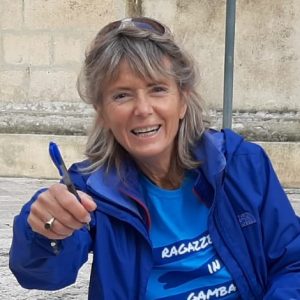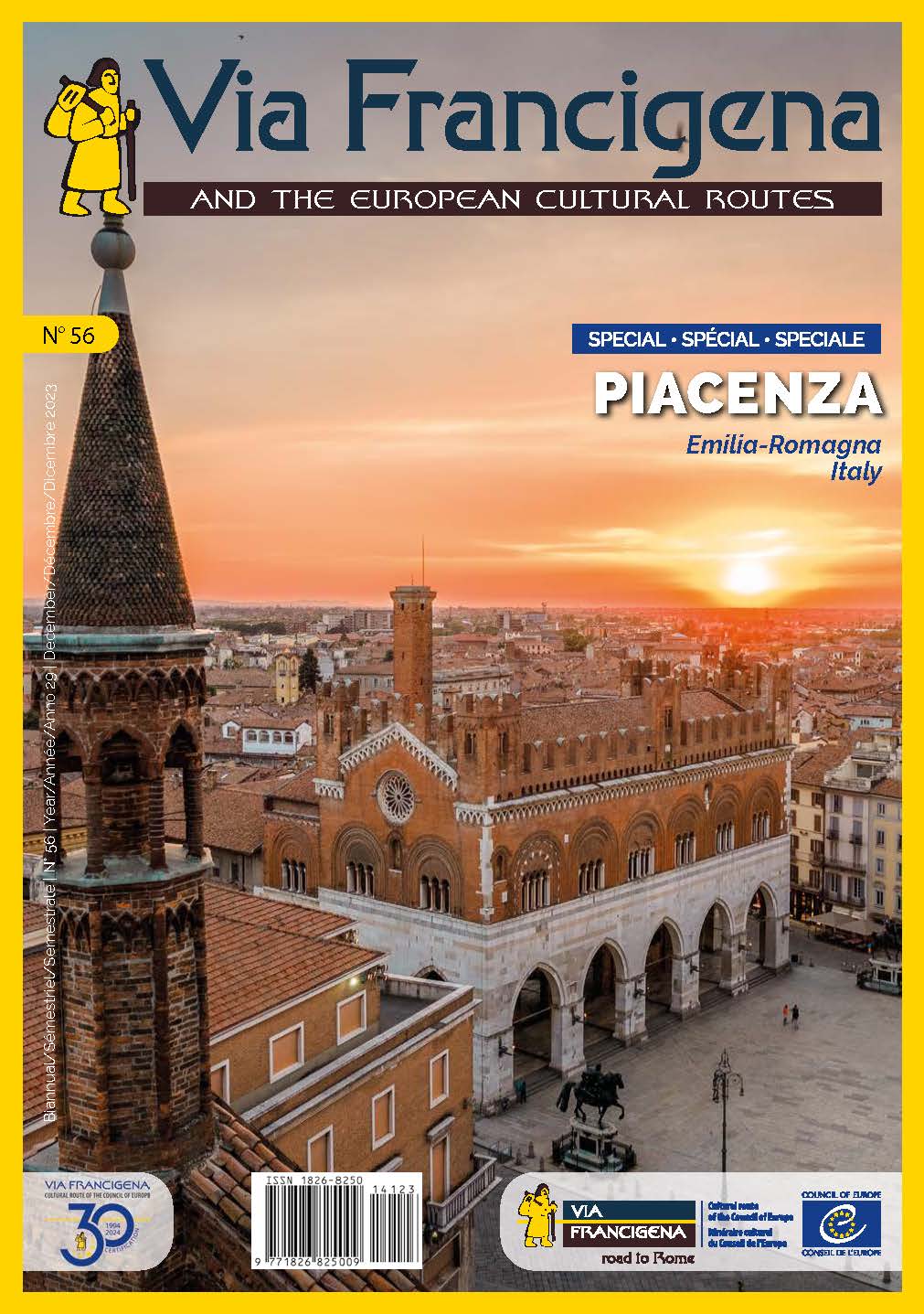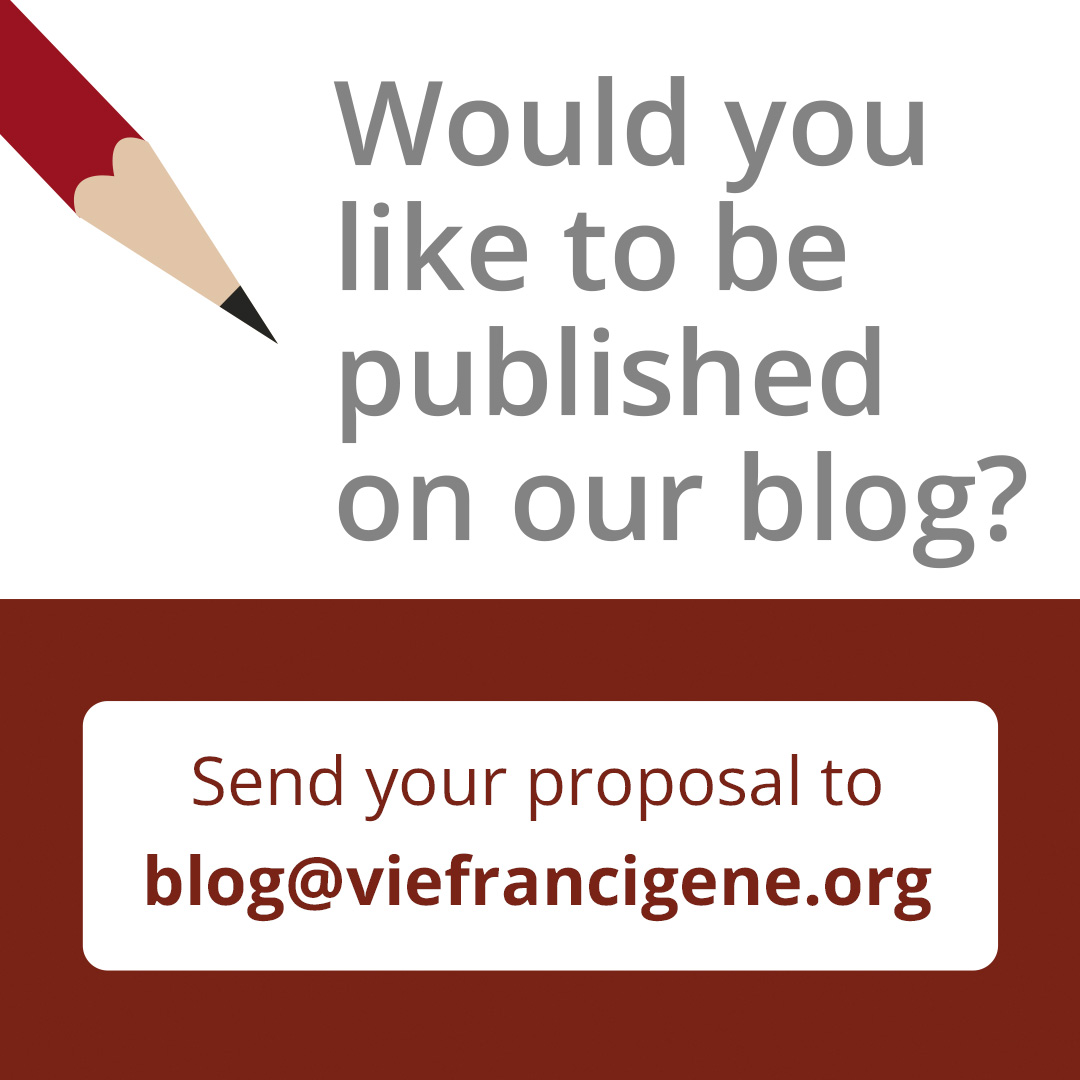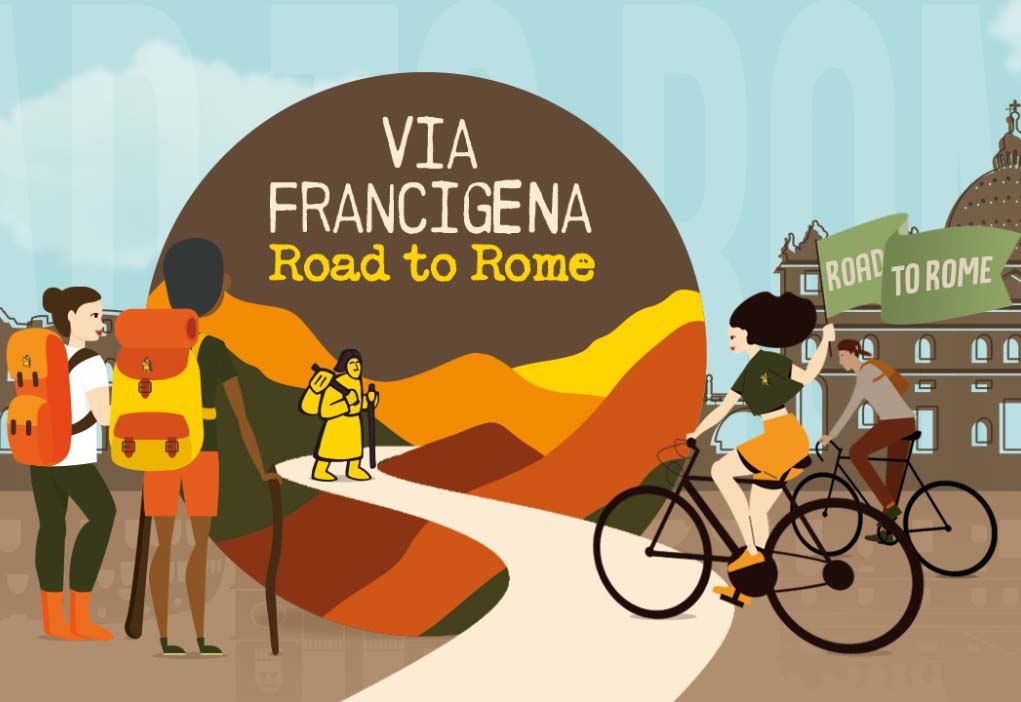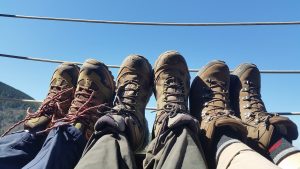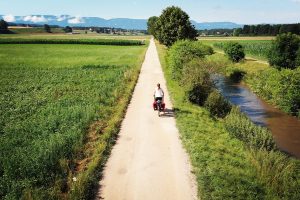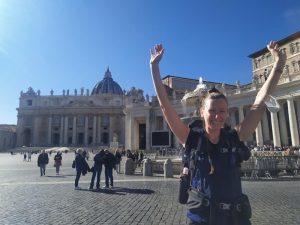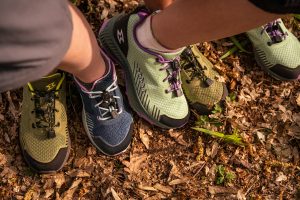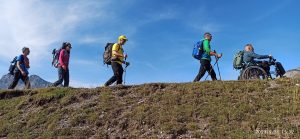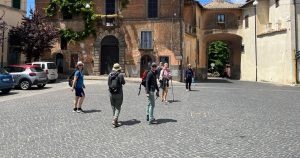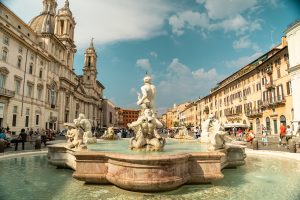Some projects are born and succeed because they are made with skill and competence, but those made with skill, competence, and heart go even further. How far the “Francigena for All” project will go is not yet known, because even when you plant well, the harvest is never immediate. However, it is certain that even now, despite it being winter, accessibility is blooming on 36 kilometers of the Via Francigena in Piedmont.
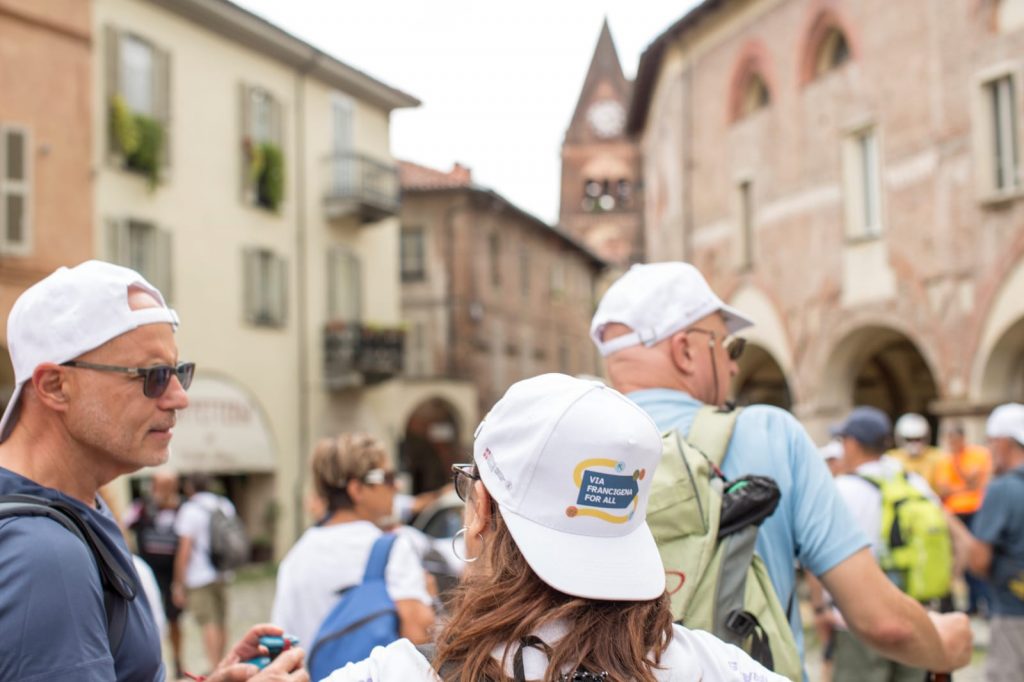
There has been much discussion about this project, funded by a grant from the Presidency of the Council of Ministers, in which the Piedmont Region, with partners like Turismo Torino e Provincia, Consulta per i Beni Culturali Ecclesiastici of Piedmont and Valle d’Aosta, and with the support of Visit Piemonte, has successfully assembled a team of key participants, including the Italian Union of the Blind, the National Association of the Deaf, Agenzia Piemonte Lavoro, the Italian Alpine Club – Mountain Therapy, and the Regional Autism Center.
The material opportunity came from a grant, while the added value came from bringing together the expertise to create concrete accessibility conditions, carefully detailed and focused on a complete range of needs. Thus, 36 kilometers of the Via Francigena, specifically the Canavese section between Ivrea and Viverone, and the variant of the Susa Valley between Villar Focchiardo and Avigliana (along with neighboring territories), have either already been or are in the process of being populated with multisensory panels, featuring Braille content for people with visual disabilities and QR codes telling the story of the locations in Italian, English, French, and LIS (Italian Sign Language) for people with hearing disabilities. There are also green, accessible resting areas, autism-friendly paths, churches that can be opened at any time via a simple app, offering personalized visits for people with various disabilities.
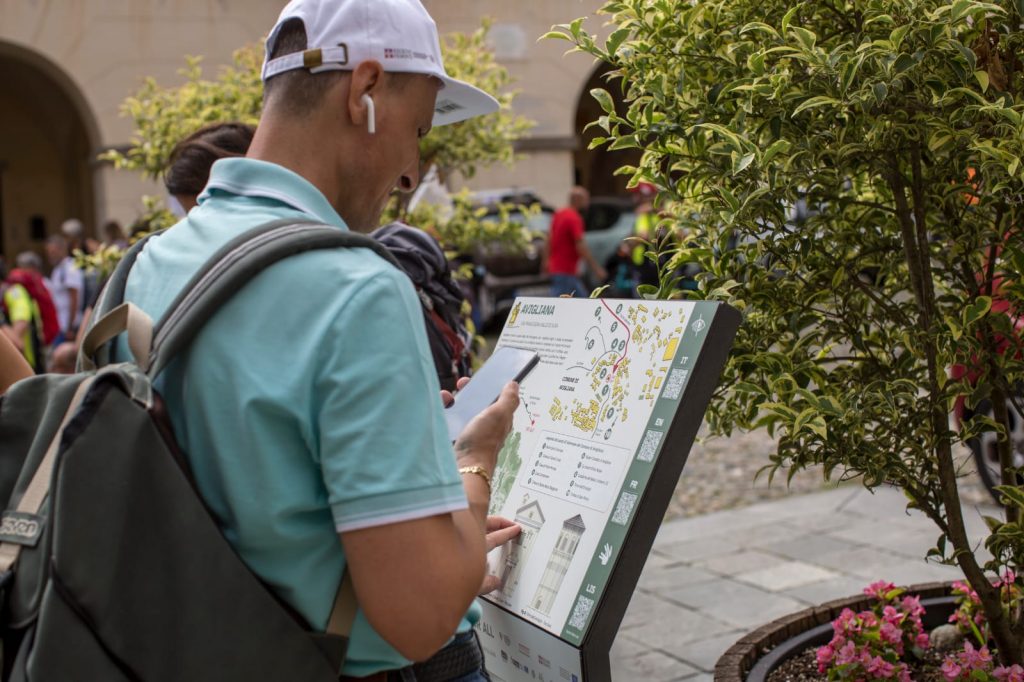
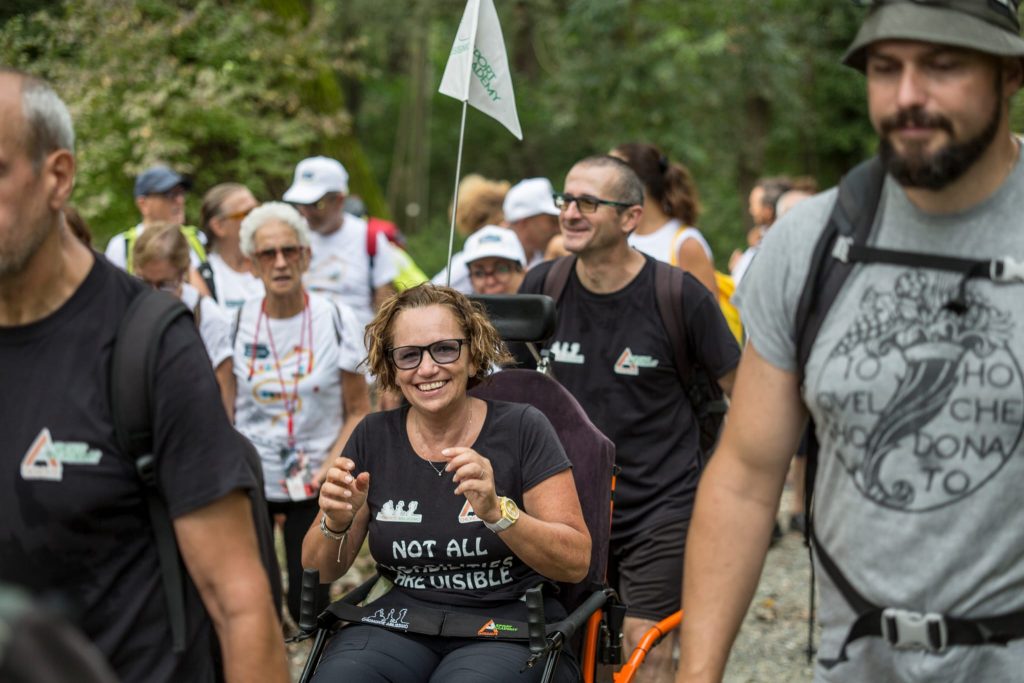
But that’s not all. A comprehensive mapping work – also a result of collaboration between multiple organizations: Cai, AEVF, CPD Consultation for People in Difficulty – provides detailed information on the accessibility of paths, accommodation facilities, tourist offices, and points of interest (GPX tracks and full itineraries are available on visitpiemonte.com). A deep process of need assessment, on one hand, and awareness-raising and training, on the other, has ensured that all stakeholders in this area are understanding what needs to be done to make themselves more accessible and open up to a new group of people who want to discover the region’s beauty without being hindered by their needs.
“The Via Francigena creates a sense of community”
Barbara Bellini, Director of the Territorial Tourism Enhancement Department of the Piedmont Region, who, with the project and technical contribution of Paolo Caligaris, successfully guided “Francigena for All,” shares the story of this initiative. The official work began in 2022, with the allocation of funding, but even before that, a patient process of relationship-building took place. Collaboration among associations, active involvement, and competence were the key words that made the initial idea successful and, most importantly, created the conditions for it to bear even greater fruit over time. The goals are high: enhancing the region in all its aspects—from food and wine to spirituality, from sports to culture—creating job opportunities, and promoting inclusion. But why was the Via Francigena specifically chosen for this project?
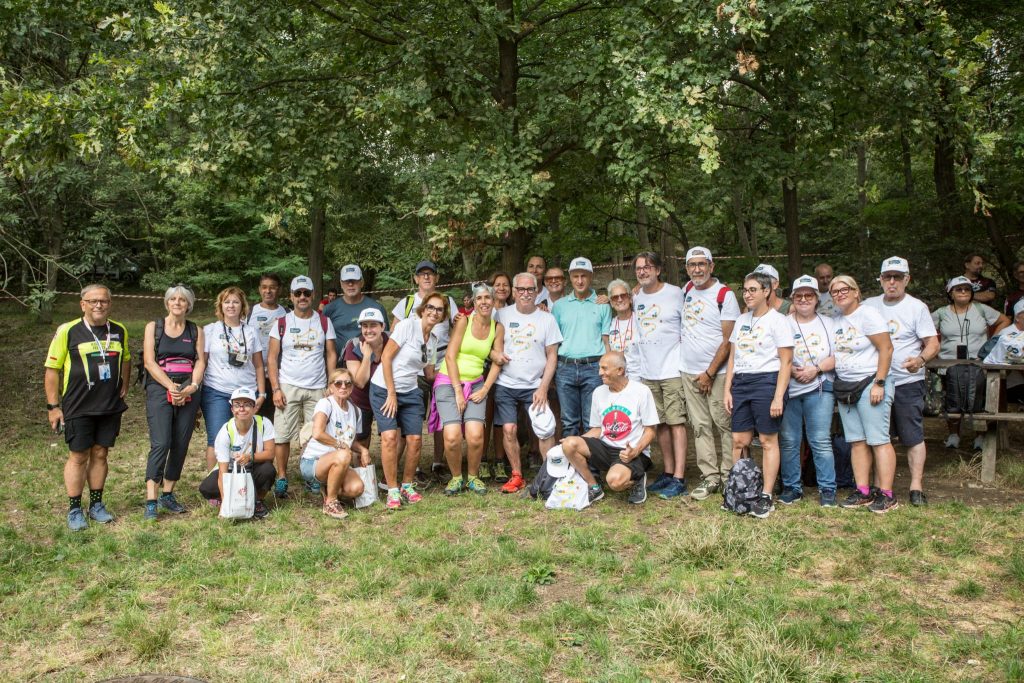
Barbara Bellini explains that Sigerico’s route creates strategic common ground because it crosses the entire region in multiple branches, from the north and west, connecting numerous municipalities, each with its own unique reality to be valued. Through the Via Francigena, she notes, the entire Piedmont region is showcased, offering fascinating artistic and cultural sites and a highly diverse landscape: mountains, hills, plains, lakes, and rice fields. In this context of exploring the region through slow travel, accessibility adds a significant advantage. Two targeted training sessions have also conveyed this awareness to hospitality operators.
Accessibility experiences for all
Those behind the project have skillfully used the common thread of the Francigena, creating an ever-expanding network of collaboration capable of addressing real needs. This made it possible to offer job internships in the tourism sector for people with disabilities, with the Agenzia Piemonte Lavoro, or the “Chiese a porte aperte” project—a project within a project—created with the Consulta per i Beni Culturali Ecclesiastici of Piedmont and Valle d’Aosta. This initiative enhanced the accessibility of twenty sacred sites by implementing an automated reservation, opening, and smartphone narration system for cultural heritage. This unique system, which can be extended to other cultural sites, benefits everyone.
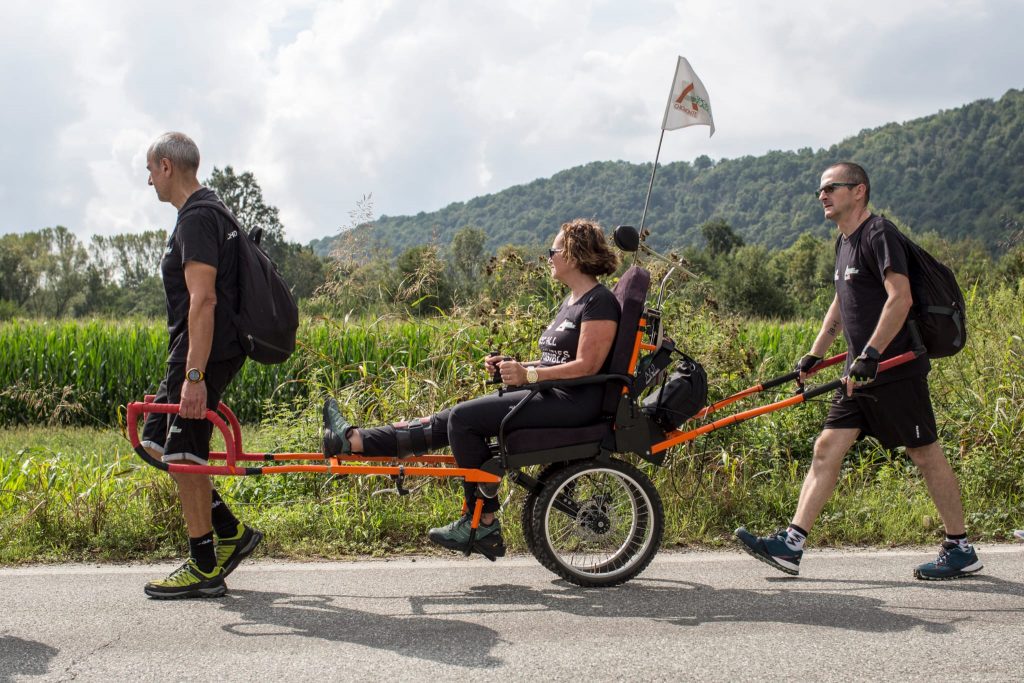
Additionally, with the ASL Torino 4, targeted outings for people with autism have been organized. Four “joelettes” were purchased for individuals with reduced mobility who wish to walk these two sections of the Camino, with the operational support of Cai volunteers. Animations and group support activities for people with disabilities have been organized, as well as promotional excursions open to all. Events like “I love Francigena” in May 2024 or the walk celebrating the conclusion of the project in September allowed hundreds of people to discover that, close to home, there is a historic Camino recognized by the Council of Europe.
The project is finished, but the results are just beginning
In recent months, the Piedmontese stretches of the Via have been alive with groups and initiatives. And they will continue. Even just a few months after the official conclusion, noticeable changes have already occurred, but more time is needed for the seeds sown to grow and flourish. What is already a definite result is the model. It’s easy to predict that “Francigena for All” will be used as a reference for future grants or larger-scale projects. “The infrastructure-enhanced sections of the Francigena,” says Barbara Bellini, “could serve as connection points for longer itineraries, creating a more defined tourist product.” In short, even though the project is officially finished, it has only just begun to bloom. It will continue – assures those who oversaw it – with the goal of consolidating the positive experiences and results achieved.
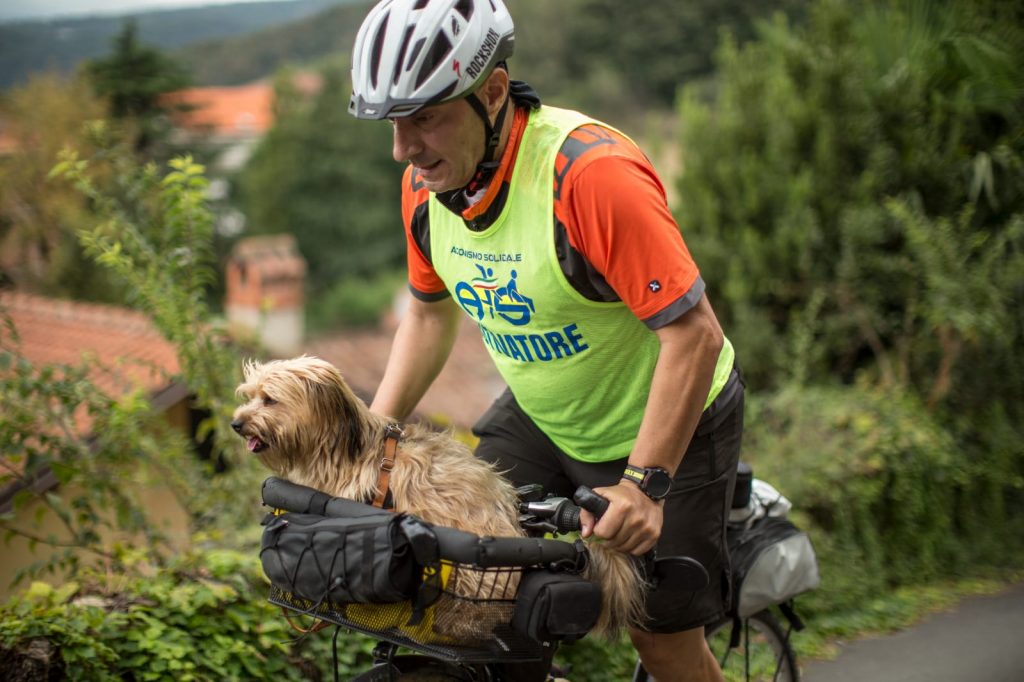
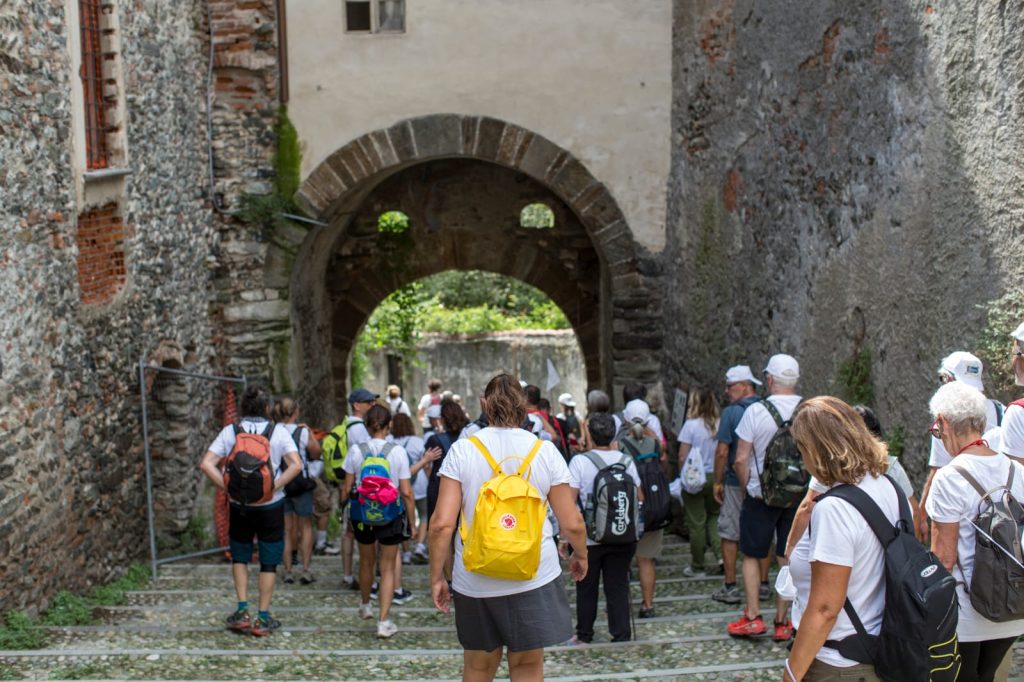
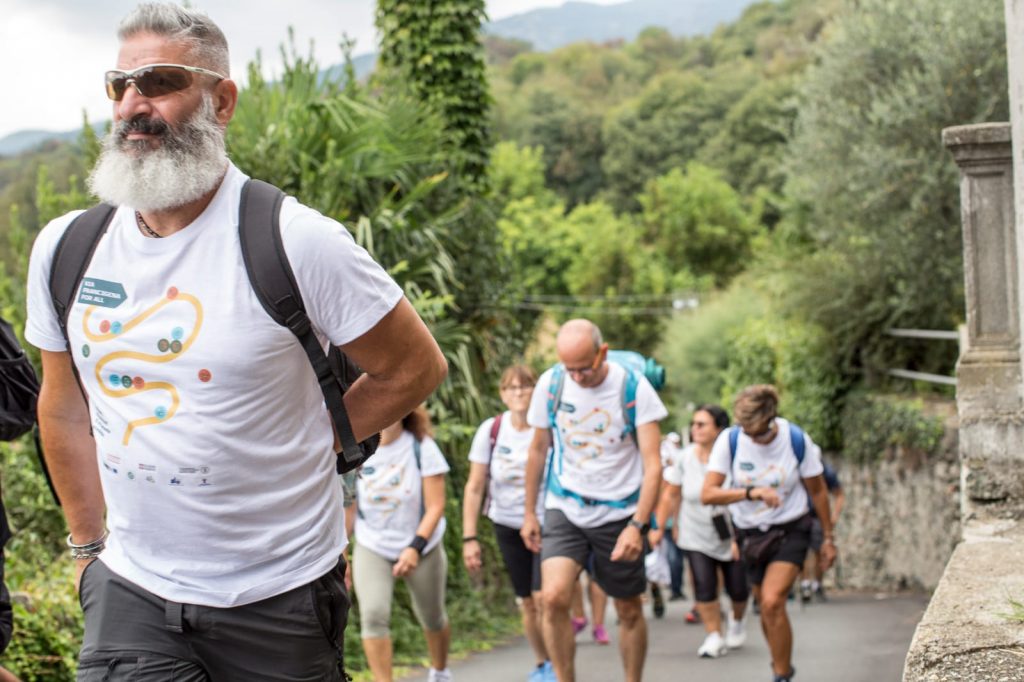
There will be more internships. Off-road vehicles will be purchased to support people on difficult terrain. A mapping of the entire route through the Susa Valley and Canavese will be completed, complementing the 36 kilometers of the project. Services, infrastructures, and websites will be upgraded to offer a more accessible experience, even for groups and families. The intense training activities, involving a wide range of operators, will continue with awareness-raising actions to strengthen the culture of hospitality, and the internship experience will continue. And it’s precisely to an internship that the director’s most touching memory of this rich project is tied. “I met two girls at the BIT that I had known during the selection committee, and I saw them moved and excited to be there, working. It filled me with joy to see that it doesn’t take much to enable people to realize themselves and provide a valuable and useful service.”




